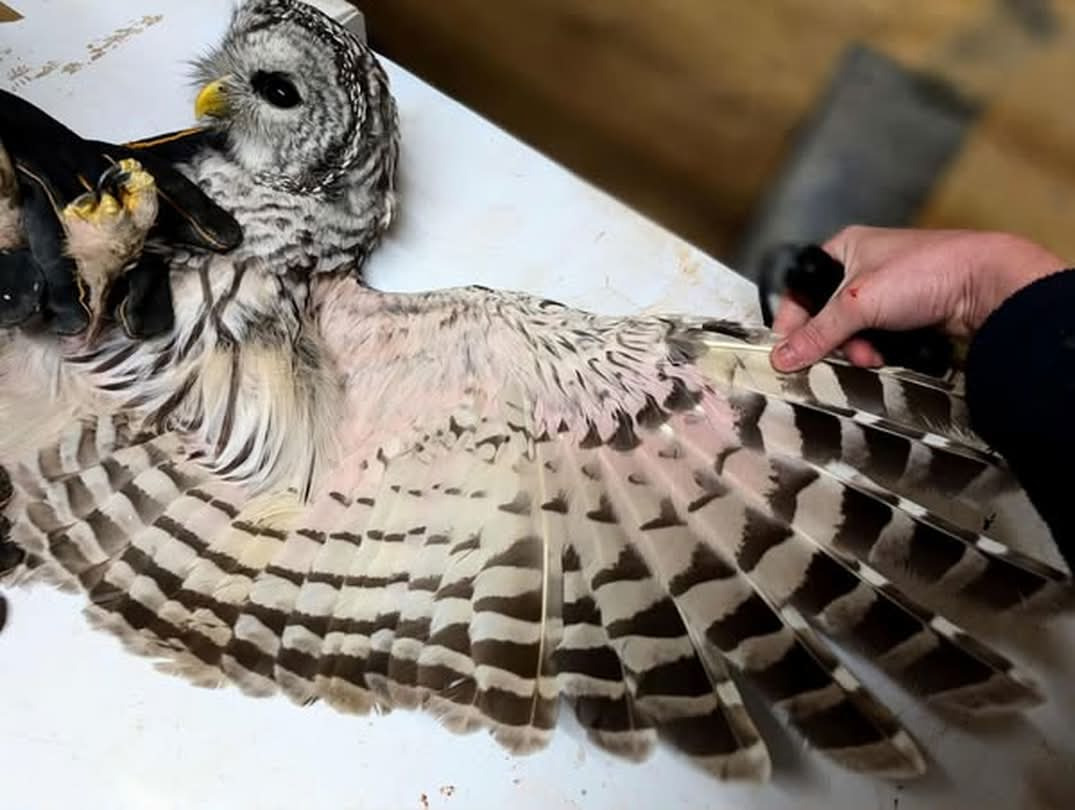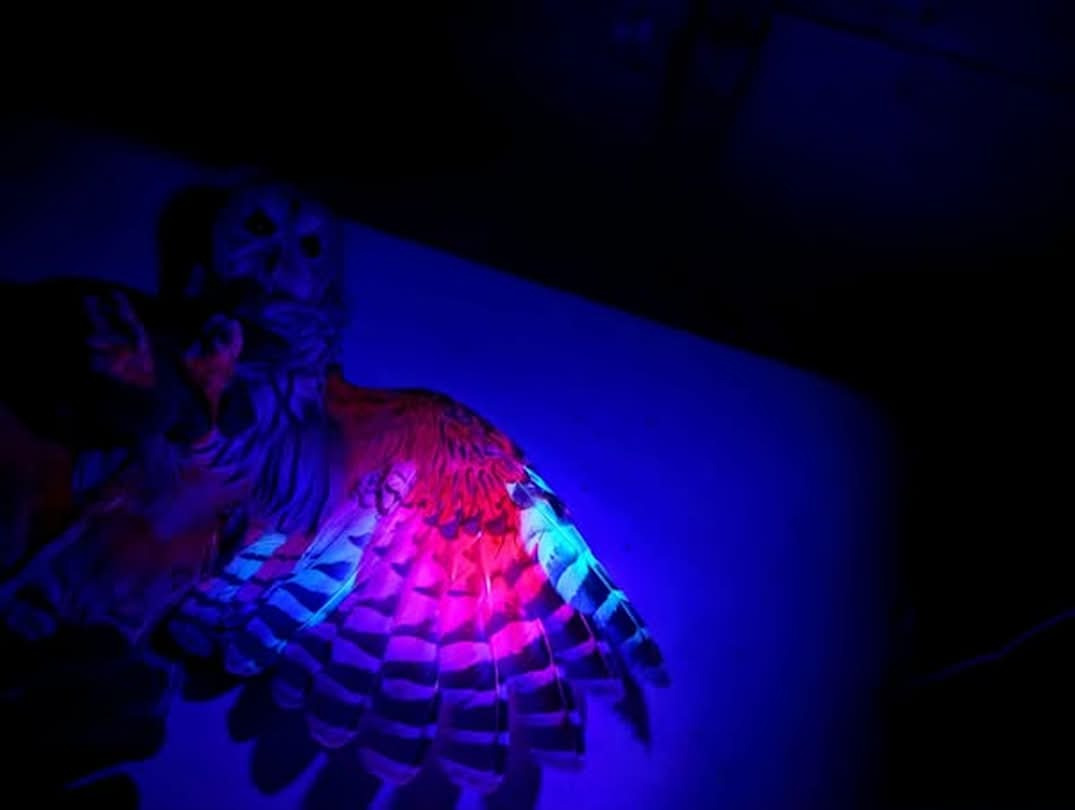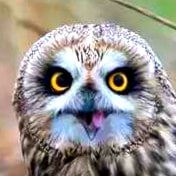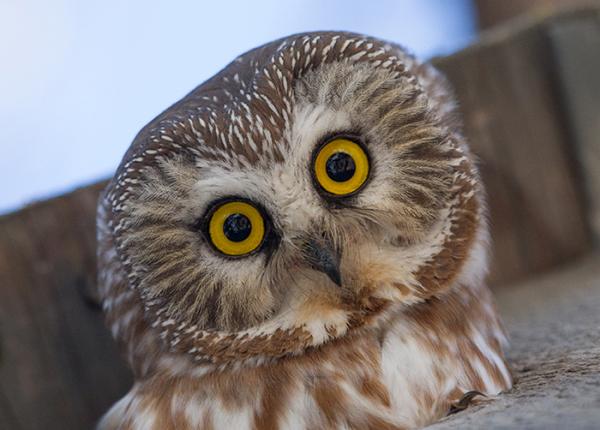From Scottish Owl Centre
The keepers took some interesting photos this week. A black light torch can show new feather growth in owls, as seen in this 4 year old female Barred Owl, Strix varia.
Porphyrin pigment reflects the UV light as a pink/purple colour, but it fades in sunlight, so older feathers show up darker with age. You can see this owl has replaced several primary and secondary feathers on her wings, front and legs this year.
The best time for an owl to moult is late summer for breeding birds, as the owlets become independent and hunting is easiest with prey abundant. (Don’t worry, the owl was just getting a check up before returning to an aviary).


That’s really interesting. I mean that is not knowledge I can use in my everyday life. Still usefulness is not my metric for interesting or not. :)
It’s usually better to know too much than it is to not know something at all. 😁
Plus it’s never too late in life to start owling!
start owling!
Owling in the night. 😅
Apparently owls can actually see UV light (source). So it seems possible to me that they benefit from being able to see how old other owls feathers are. Maybe to judge their health or something?
Looking at this video from Veritasium, he looks at different things through cameras with UV pads filters and UV lights. The light makes things look intense like in the owl photos, but the filter/camera, things are distinctly different, but not as Batman and Robin neon than the UV lightbulb.
The video also mentions spotting polar bears and Arctic foxes with help of UV, and I found and article about that here too.
Cool stuff!
RGB owl
Brought to you by Razer!
glowl



